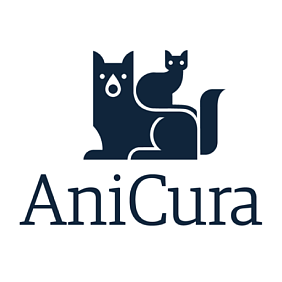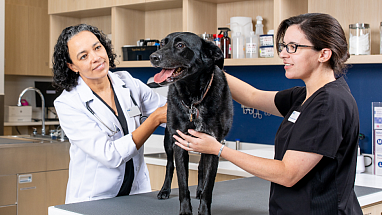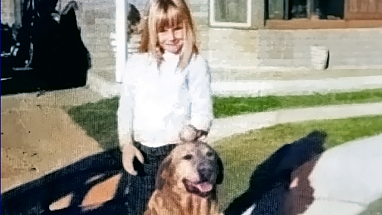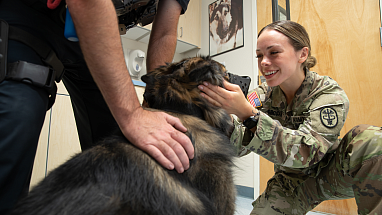At Mars Petcare, we believe that pets make the world a better place.
We have one Purpose: A BETTER WORLD FOR PETS™
Through comprehensive veterinary care, nutrition, breakthrough programs in diagnostics, wearable health monitoring, DNA testing and pet welfare, our 100,000 Petcare Associates help pets in more than 130 countries. For decades we’ve supported research into the incredible science of human animal interaction at the Waltham Petcare Science Institute where scientists discover important advances in pet health and wellness. We are a part of Mars, Incorporated, a global, family-owned business with a focus on becoming Sustainable in a Generation. Follow us on LinkedIn and explore our open positions.
Our businesses are imagining a more sustainable future
Our Purpose: A BETTER WORLD FOR PETS also means a more sustainable world for pets, people and for the planet.
As part of the Mars Sustainable in a Generation plan, we’re integrating sustainability into the heart of our business and bringing even more innovative, sustainable choices and services to pet owners around the world.
We’re focused on driving sustainable practices to improve our environmental pawprint, operating and sourcing responsibly, and expanding access for pets and influencing policy.
We're also engaging with partners like the World Wildlife Fund and using our influence to drive change at scale.
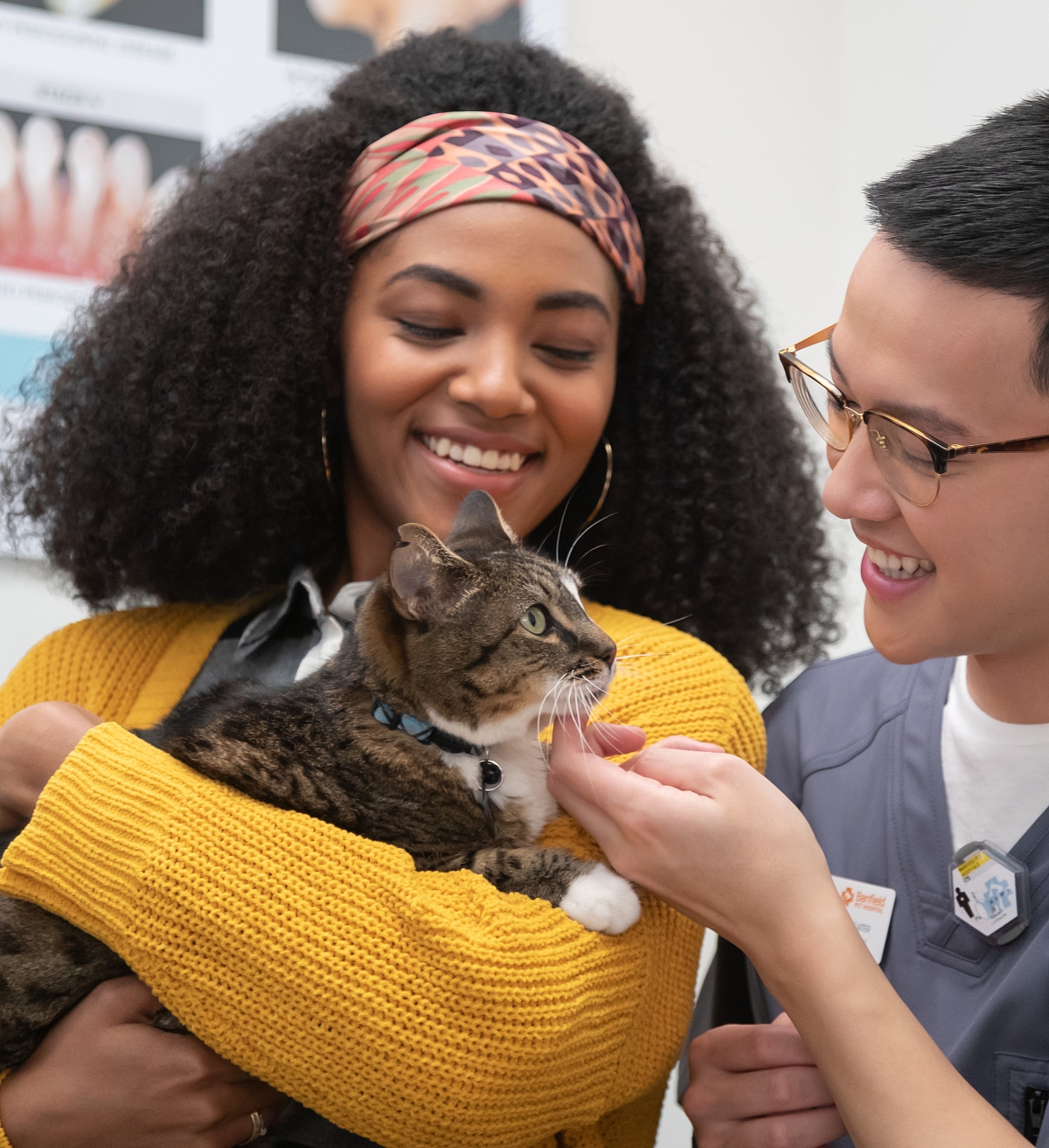
Our people are just as important as the pets they care for
At Mars Petcare, we are proud of the diversity of our more than 100,000 Associates in over 130 countries spanning veterinary health, nutrition, innovation and technology businesses.
Together we are creating an inclusive culture and building a workforce that reflects the many communities and pets we serve.
The world we want, for people and pets, is both equitable and inclusive. That’s why we’ve set ourselves clear, ambitious targets around gender balance, workforce representation and inclusion and are committed to reaching them.
At Mars Petcare, we support vulnerable pets to get the care they need.
To better understand the issue of pet homelessness and factors contributing to it, we teamed up with leading animal welfare experts and organizations around the world and together we developed the State of Pet Homelessness Project - the largest ever international study into pet homelessness. The ambition of the project is to drive more informed and targeted action to help reduce pet homelessness and ensure pets get the care they need.
Our science is shaping the future of veterinary care. We're also supporting researchers in their efforts to understand the amazing bond we share with our pets
We’re on a mission to improve the lives of pets by better understanding their needs through science. Researchers at the Waltham Petcare Science Institute(Opens a new window) are working with veterinary teams and data scientists from across our entire Petcare business and leading research organizations worldwide to advance personalized pet healthcare(Opens a new window), so pets can stay healthy for longer.
We’re also supporting quality research(Opens a new window) to better understand how our relationships with pets might benefit our mental and physical health. With social isolation and loneliness on the rise in the U. S.(Opens a new window) and around the world(Opens a new window), we’ve partnered with leading organizations like the Human Animal Bond Research Institute and the National Institutes of Health to help scientists understand the role pets could play to address this serious public health problem.

How AI can help veterinarians spot disease risk early
Together with veterinarians and data scientists across Mars Petcare, Waltham Petcare Science Institute researchers built the first AI-driven tool accurately predicting a cat’s risk of developing chronic kidney disease two years before it’s diagnosed.
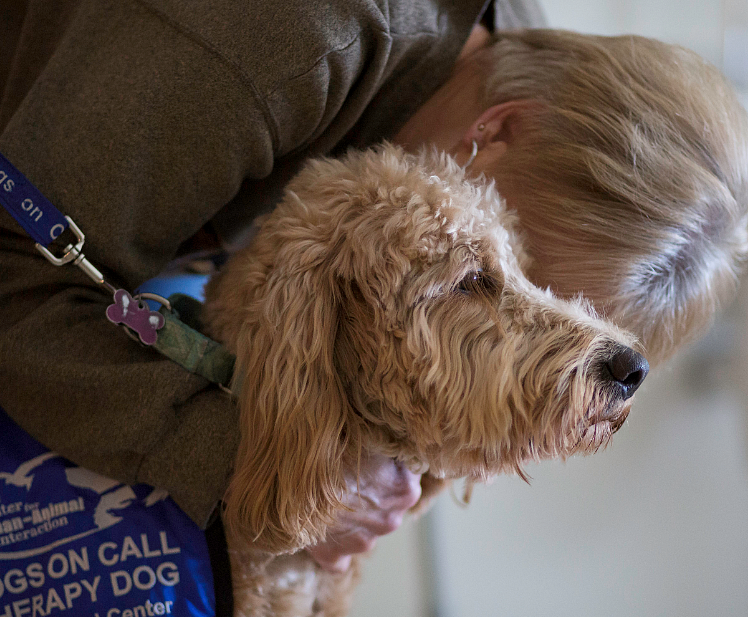
Could therapy dogs help aging adults cope with loneliness?
We’re supporting a pioneering study by the Virginia Commonwealth University (VCU) School of Medicine’s Center for Human-Animal Interaction and its Dogs on Call therapy dog program to find out if dog therapy can ease loneliness for aging adults recovering in hospitals.
Delivering high-quality, compassionate veterinary care for every pet
Science and data are at the heart of our veterinary business. That way we can make sure we’re providing high-quality, accessible care for pets, from preventive veterinary care and wellbeing to specialist services.

Prevention is better than cure
Banfield Pet Hospital figures shine a light on the most common but preventable pet health issues.
Analyzing data from the more than 3 million pets seen at the practice annually, a recent Banfield Pet Hospital report confirms a concerning reality: some of the most common but preventable illnesses are still seen in many pets, including dental health issues or heartworm. Read more about the findings, how costly treatments are compared to prevention and how regular veterinary checks can help keep these illnesses at bay.
Learn more about our veterinary and diagnostic services
We’re committed to making quality and specialized nutrition and care accessible to the world’s pets
Mars Petcare is a leading provider of high quality, science-backed nutrition and therapeutic health products. Collectively, our portfolio of pet food, care and treats is designed to meet the individual needs of pets across the world.
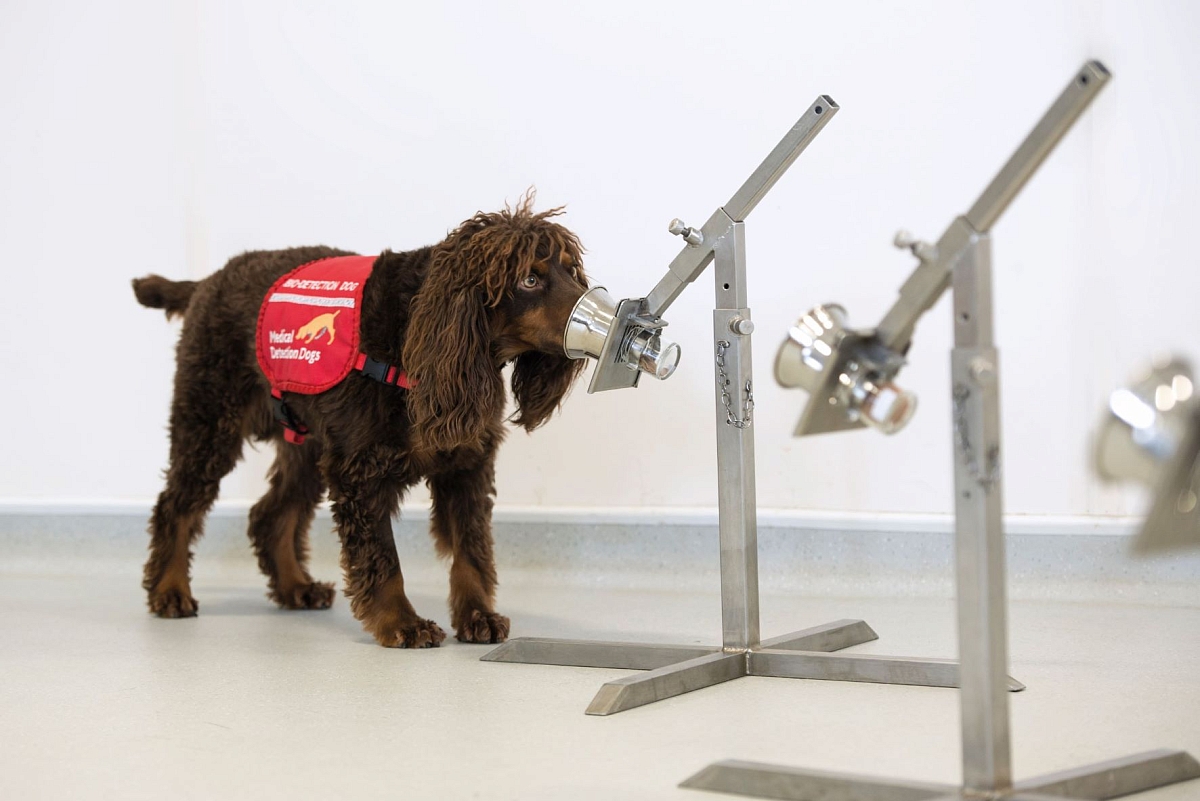
Supporting the role pets can play in human health and wellbeing
As a leader in pet health through nutrition, Royal Canin is investing in projects that support the role pets play in society, from breast cancer and COVID-19 detection to animal-assisted therapy for children with autism spectrum disorder.
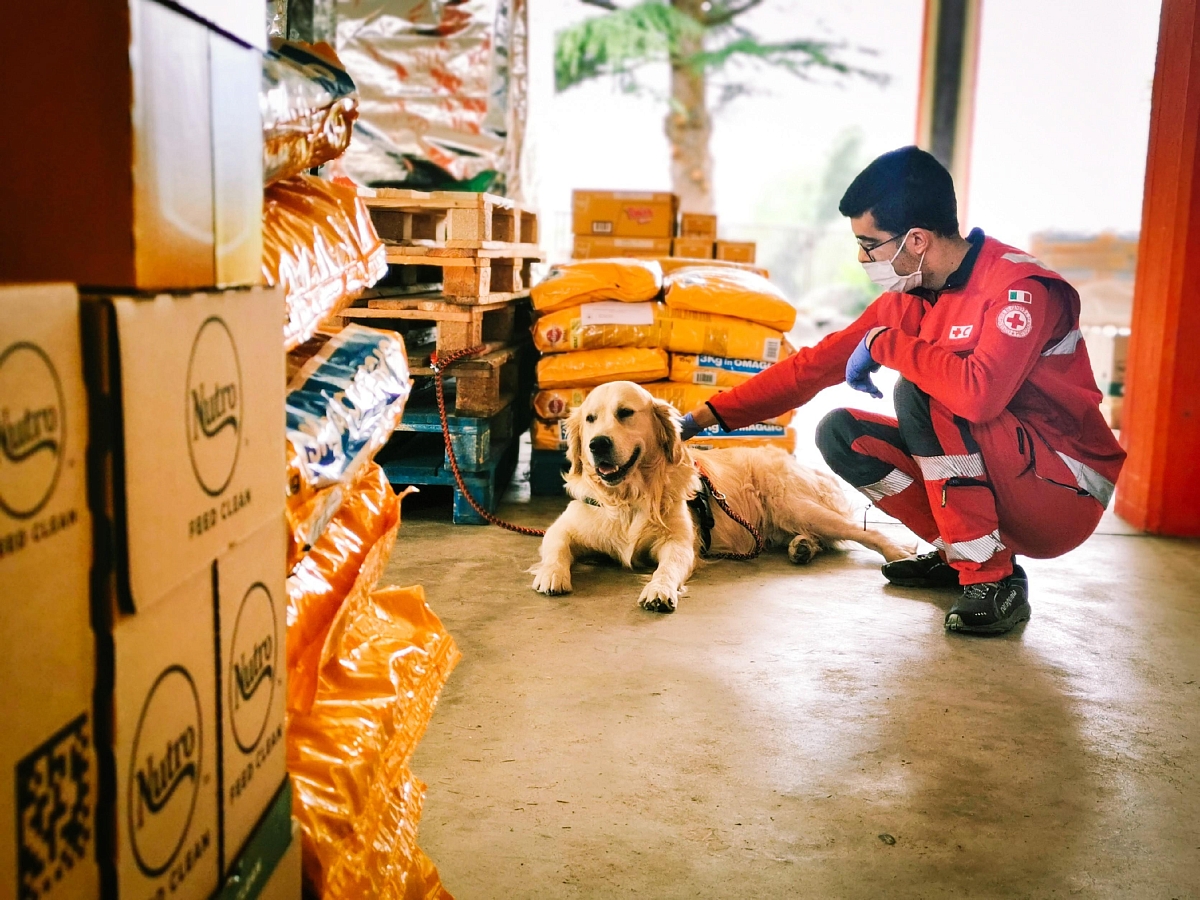
Owning a dog is an experience that can transform us for the better
In a world becoming ever more complicated, we all need to reconnect with the simple things that remind us how good life is – and dogs do precisely that. Science tells us that pet ownership can bring a multitude of benefits to our health and well-being: from improving our heart health and physical activity to building empathy and strengthening our sense of community. PEDIGREE® believes all dogs deserve a loving forever home and nutrition that nourishes, sparks and protects what’s good in them, keeping dogs healthy and happy at every stage of life.
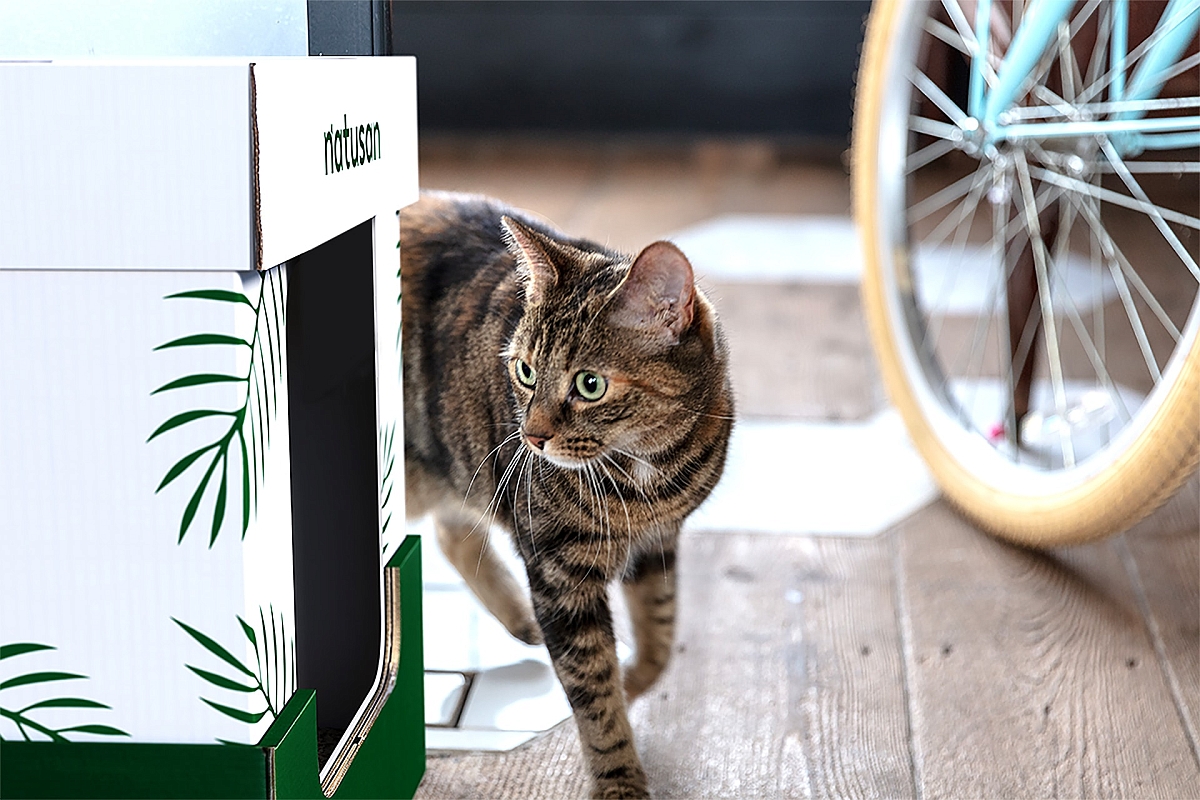
Natusan aims to cut emissions via composting
Every month, Natusan, UK’s first circular-economy cat litter company, delivers fresh eco-friendly cat litter to customers’ doorsteps, collecting the soiled cat litter and composting it – keeping the soiled litter from ending up in the landfill, where it would greenhouse gases and contaminate groundwater. Once composted, Natusan litter is used as agricultural fertilizer. Natusan also plants trees for every pack purchased – because we want to make it easy to do good for the planet, one paw at a time.

Hope for a more sustainable future through SHEBA®’s Hope Reef
As part of our journey to build a better and more sustainable world for people, pets and the planet, our cat food brand SHEBA® has made a landmark commitment to restore 185,000 square meters of coral reefs in Indonesia by 2029. Watch the video to learn more.
Learn more about our pet nutrition and therapeutic health services
We're working to realize the promise of transformational technologies to create a brighter future for pets around the world
Pets are becoming more and more important to us. This is why at Mars Petcare we're pioneering new ways of bringing pets and pet parents closer together than ever before. With a pet care startup accelerator and investment fund, research and diagnostic centers, growing data and analytics capabilities and data-driven products like Whistle and Wisdom Health helping advance personalized pet care, we are helping pet parents all over the world to better understand and meet their pets’ needs, so they can live happy, healthy lives, together.
Faster Cancer Diagnosis For Every Pet
Our data scientists teamed up with Facebook to develop a new AI algorithm that can grade cancer in pets in a faster, more reliable and efficient way, already saving up 35 hours of pathologist time every day. This means veterinarians can diagnose cancer faster and focus on recommending the best possible treatment for every pet.











